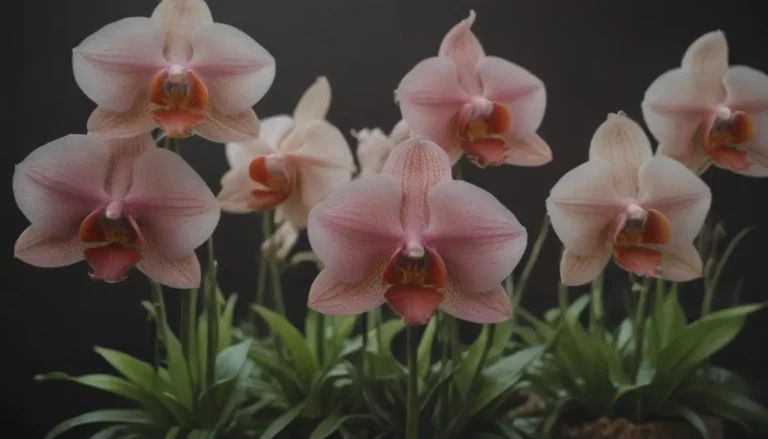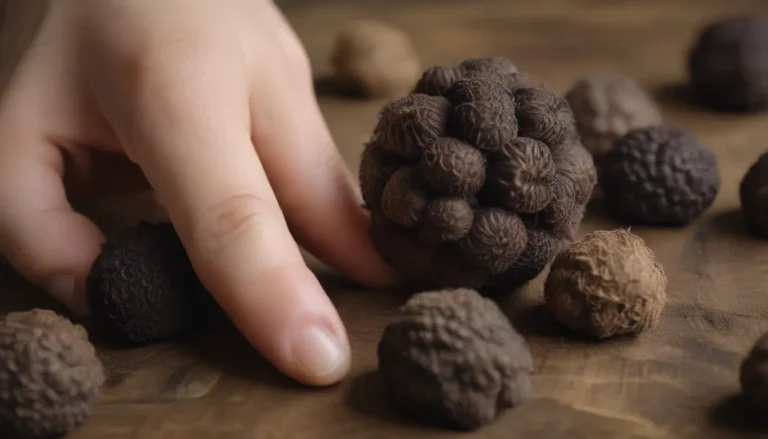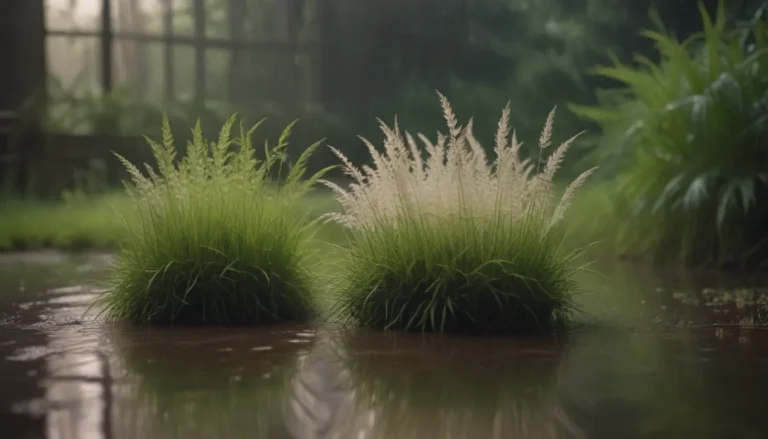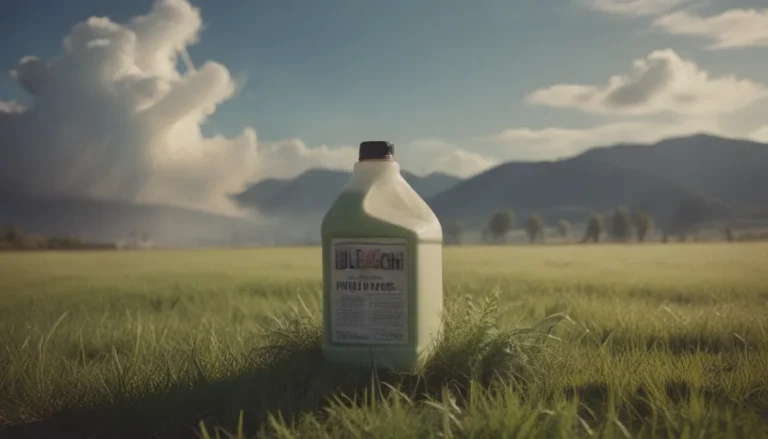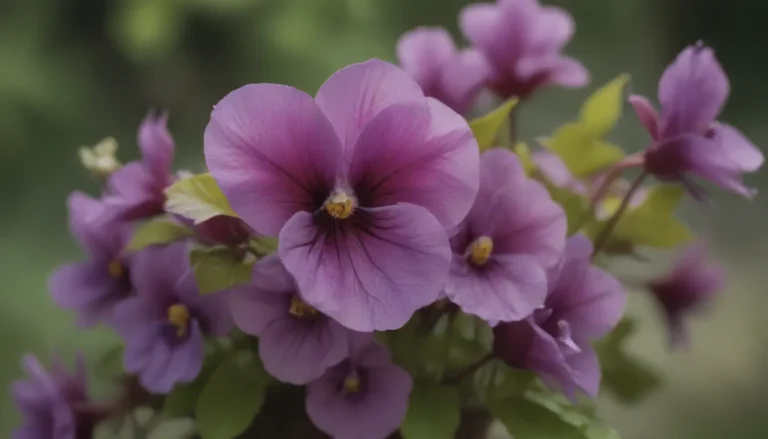The Complete Guide to Growing and Caring for Ninebark Shrubs
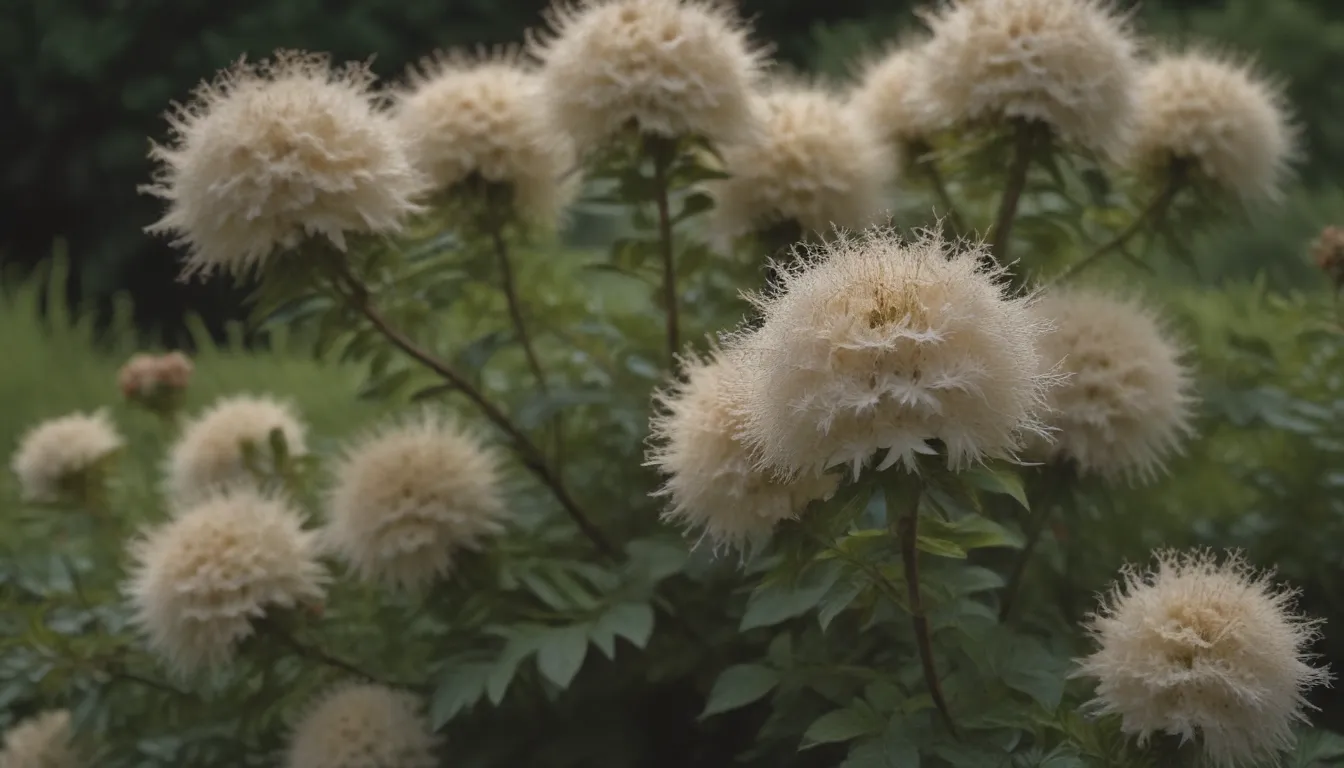
If you’re looking to add a unique and beautiful shrub to your landscaping, consider the versatile and easy-to-care-for ninebark. With its exfoliating bark, attractive foliage, and ability to thrive in various conditions, ninebark is a popular choice for gardens across the country.
What is Ninebark?
Ninebark, also known as Physocarpus, is a deciduous shrub that blooms in the spring and produces red fruit in late summer and autumn. Its distinct exfoliating bark, which peels back in thin layers, gives the plant its name. The foliage comes in shades of yellow, green, or red, forming an elegant cascading mound that adds texture and color to any garden.
Benefits of Growing Ninebark
- Attractive foliage and bark
- Spring flowers and fall fruit
- Drought-tolerant once established
- Easy to care for and maintain
Planting and Caring for Ninebark
Ninebark is a low-maintenance shrub that thrives with minimal care. Here are some essential tips for growing a healthy and vibrant ninebark in your garden:
Light
- Plant ninebark in a location that receives full sun to part shade for optimal flowering.
- In northern regions, aim for at least six hours of direct sunlight per day, while in the south, provide some afternoon shade to protect the plant from heat.
Soil
- Ninebark grows well in various soil types, including clay, loam, and rocky soil.
- Opt for a neutral to slightly acidic soil that drains well, but the plant can also tolerate slightly alkaline conditions.
- Mulch around the base of the plant annually to retain moisture and suppress weeds.
Water
- Ninebark is adaptable to both dry and wet conditions, making it a versatile choice for different environments.
- Once established, the shrub is drought-tolerant and can withstand occasional flooding.
Temperature and Humidity
- Ninebark is generally hardy within its recommended hardiness zones.
- Avoid planting in hot and humid climates, as the plant is susceptible to fungal diseases like powdery mildew.
Fertilization
- If planted in nutrient-rich soil, ninebark may not require annual fertilization.
- Add a layer of compost in early spring or apply a granular, slow-release fertilizer around the base of the plant for essential nutrients.
Types of Ninebark Varieties
Ninebark comes in many sizes and leaf colors, providing a range of options for your garden. Some popular varieties include:
- ‘Diablo’ (also known as ‘Monlo’)
- ‘Little Devil’ (also known as ‘Donna May’)
- ‘Center Glow’
- ‘Dart’s Gold’
- ‘Amber Jubilee’
Pruning and Maintenance
Ninebark responds well to pruning and shaping, making it easy to maintain its desired appearance. Here are some tips for keeping your ninebark looking its best:
- Prune after flowering or by mid-August, cutting no more than one-third of the branches.
- Focus on removing older, damaged, or crossing branches to promote healthy growth.
- For older shrubs, consider radical pruning in late winter to encourage new growth in the spring.
Propagating Ninebark
If you want to propagate your ninebark, you can do so through hardwood cuttings or layering. Keep in mind that some varieties may be protected by patents or trademarks. Here’s how you can propagate your ninebark:
- To propagate from hardwood cuttings, take a 6-8 inch cutting from the mother plant and remove the lower leaves. Plant the cutting in a mix of sand and peat moss and keep it moist until roots form.
- To propagate by layering, bend a low-hanging branch to the ground, make a small cut in the bark, and bury that section in soil. Keep the soil moist until roots develop, then cut the new plant free from the mother plant.
Container Gardening with Ninebark
Dwarf and compact varieties of ninebark are well-suited for container gardening. Follow these tips for potting and repotting your ninebark in containers:
- Use a large container with good drainage and high-quality potting soil.
- Water container plants more frequently than those in the ground, and prune regularly to control size.
- Repot every two years or when roots outgrow the container, upgrading to a larger pot as needed.
Winter Care for Ninebark
Ninebark is a hardy plant that typically does not require winter protection. However, in colder regions, consider adding a thick layer of mulch around the base to insulate the roots from freezing temperatures. Container plants should be moved to a sheltered location for the winter to protect them from extreme cold.
Common Pests and Diseases
With proper care, ninebark is not prone to major pest infestations or diseases. However, keep an eye out for aphids, which can be removed by spraying the plant with water. Additionally, watch for signs of fireblight, powdery mildew, and leaf spots, which can be managed by promptly pruning affected branches.
Encouraging Blooms with Ninebark
If you want to maximize blooming with your ninebark, here are some tips to help you achieve a bountiful display of flowers:
- Ninebark typically blooms in May or June for about two weeks.
- To encourage more blooms, ensure the plant receives ample sunlight, and prune surrounding vegetation to increase sun exposure.
- After blooming, perform annual pruning to maintain the shrub’s shape and health.
Where to Plant Ninebark
Ninebark is a versatile shrub that thrives in various environments, from the eastern United States to the Rocky Mountains and the Pacific Northwest. Consider planting ninebark along foundations, in hedges, or on slopes to prevent erosion. Give the plant ample space to showcase its arching branches and colorful foliage while containing its growth through regular maintenance and pruning.
In conclusion, ninebark is a fantastic addition to any garden, offering beauty, resilience, and ease of care. By following these tips and guidelines, you can enjoy a thriving ninebark shrub that enhances your outdoor space with its unique features and seasonal interest. So, why not add a ninebark to your garden today and watch it thrive year after year?

